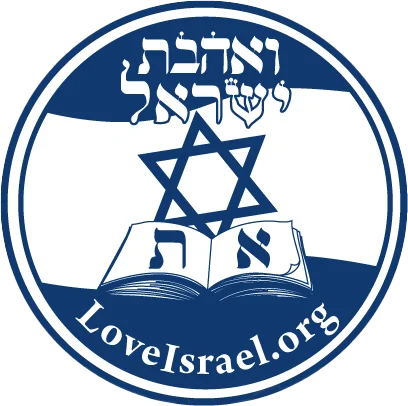Mattot (tribes) - Masei (journeys)
Torah Portion: Mattot (tribes) – Masei (journeys)
Torah Reading: Mattot-Numbers 30:2-32:42 / Masei-Numbers 33:1-36:13
Prophetic Reading: Mattot-Jeremiah 1:1-2:3 / Masei-Jeremiah 2:4-28, 3:4, 4:1-2
This week there is a double Torah portion reading and Baruch has selected one portion instead of a portion for each.
“Redemption is Required for all Sin”
This Shabbat we read two Torah portions, Parashat Mattot and Parashat Masei. In the latter reading, one encounters the commandment to establish six cities of refuge. These cities were for when one would kill another, but did not intend to do so, yet it was not purely an accident. In other words, there was some degree of accountability. This accountability might be present because of negligence; that is, had the one who killed another took some reasonable precautions the death would not have occurred. Because the killer is responsible somewhat, the family can avenge the death by in turn taking the life of the killer. The one who avenges the death is known in the Scripture as the “redeemer”. In order that the killer does not also die, he is allowed to flee to one of the cities of refuge, and there he is safe from the “redeemer”, as he may not be killed within the city’s borders.
The question that I would like to focus on is “how long must the killer remain in the city of refuge before he may depart and be safe from the avenger?” One could state the question differently by asking, “How many years must he remain in the city of refuge”? It is this second question that misses the point. The killer is not in the city of refuge as a punishment, i.e. like a twenty year sentence, but he is there waiting for something to take place which will free him and return him to his previous condition. For what is he waiting? The answer is found in the parashah,
“…And he shall stay in it (the city of refuge) until the death of the high priest which one had anointed with holy oil.” Numbers 35:25
Here again there is no mention of a specific time, such as a sentence of twenty years, rather it is a matter of waiting for the high priest to die. Why the high priest and why is it his death that is mentioned? The high priest is related to the Day of Atonement. In essence, atonement does not remove the consequence of sin, but only postpones the consequence of sin. What is the consequence of sin? The answer is death.
It is very important to remember that the family member who has the right to avenge the death of his relative is called the “redeemer”. This fact demonstrates that due to this sin and for that matter all sin, redemption is required. The high priest is mentioned in this passage to provide a context for understanding the issue of the cities of refuge. While the killer remains within the city, the consequence of his sin (death) is postponed. It is the death of the high priest, who is anointed (in Hebrew the same word for Messiah), which provides redemption for the matter. Because of the death of the high priest, the killer now may go free and the relative cannot harm him, because the high priest’s death brought about a redemption that was both substitutional and vicarious.
It is important for the reader to remember that Messiah’s death provided a greater redemption, the redemption that leads to eternal life and the forgiveness of all of one’s sins. Likewise, Yeshua’s death was substitutional and vicarious. Over and over in the Torah, one can find many teachings that point to what Messiah Yeshua has accomplished. These numerous occurrences provide the clues that should cause one to identify Yeshua as the Redeemer and place one’s faith in Him.
Dr. Baruch Korman – July 14th, 2023
